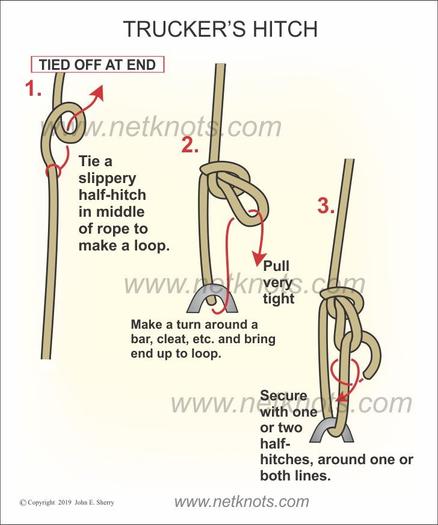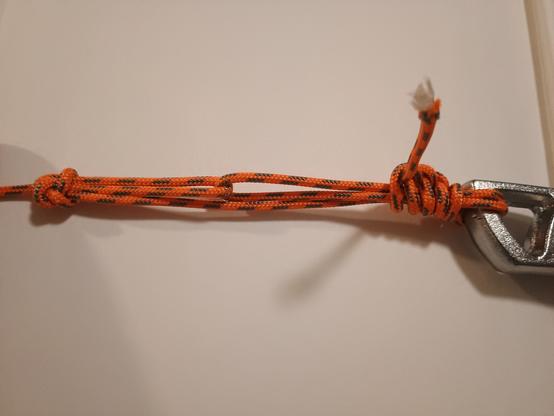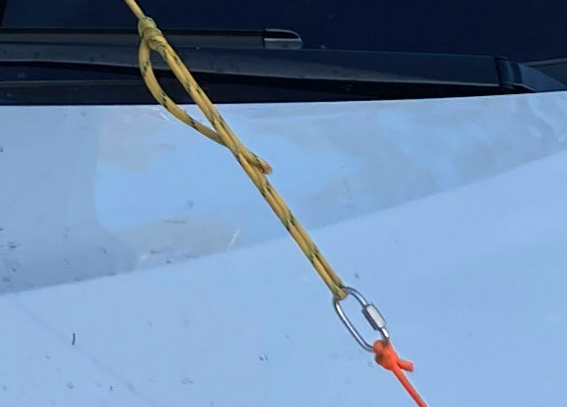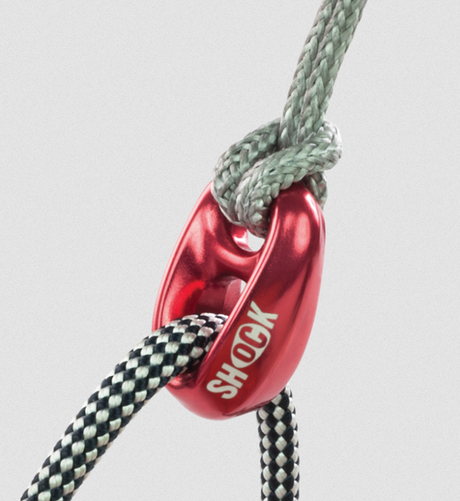Recent searches
Search options
I'm starting a thread on #HammockCamping...
Feel free to comment and even tell me where I'm wrong, or if there's a better solution.
I'll start with the big one... how many lines/ropes/straps should it take to fully pitch a #HammockTent?
I have a strong bias that the answer is no more than four!
I propose a general "Four Point Hammock Suspension Rule" (two straps for the hammock itself (with bug net), no more than two for the rainfly)
Note that the fly does not need to be diamond shaped, this is a general rule-of-thumb.
My point is: if you have more lines you increase complexity, increase time pitching and repacking, decrease access, and have more things to trip over.
Put another way: If you get the same performance with fewer lines, that is a good thing.
If more lines are required to achieve the same performance, that may indicate a weaker design.
https://mdpaths.com/rrr/camping/hammocks/hammock_guide/index.html#s3
@nickrauchen Cool! I see your points. I like a hex tarp. I do agree that it is slightly more complicated because it has two additional guy lines, but I also think that it performs better in the wind. I think the same area of tarp covers me slightly better in windy rain situations. I don't mind the extra set up time; I have been tying these knots for 20+ years and can tie them in the dark.
My bigger issue is that I struggle to actually sleep in a hammock
To each his/her own on tarp shape I'm sure.
If you think about it tho... a hex tarp is just a diamond (square) shape with two of the points chopped off (dotted lines in image). I've done this with a cross-rope to double back the one point (because there is an obstruction or empty space beyond).
The diamond becomes a hex if you use the four orange pull-outs shown here. Some square (diamond) tarps have such pull-outs.You can have it both ways!
Hybrid example: if the wind was coming from the upper right, you could use the corresponding pull-out to "dip" the fly in that quadrant, so only one extra rope needed.
Thanks for the feedback!
@nickrauchen @parslii Hex tarps can be a bit more complex to construct than a simple cut. Many are cut with catenary curve to help tension the fabric better.
https://dutchwaregear.com/2017/07/21/diyers-guide-to-cat-cuts/

@oherrala @nickrauchen my hex tarp is from dutchware
@parslii @oherrala #HammockCamping #Dutchware
I don't own any of their gear, but it looks interesting. I was surprised that they were sort of "hard to find" in basic web searches. One issue is the volume and variation of what they offer. It can be confusing. I found this "intro package" that seems a good starting point, but on the high-end pricewise.
https://dutchwaregear.com/product/complete-netted-hammock-package/
Their strap system is unlike any I've seen. Would like to see an independent comparison with a good carabiner system (what I'm used to).
Thanks!
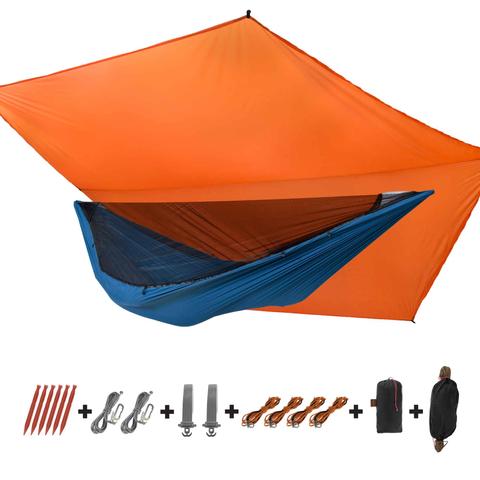
@nickrauchen @oherrala I don't use their strap system. My tarp has a built-in ridge, and I use guy lines directly from those corners to the tree. I just use my trusty trucker's hitch to secure it.
@parslii @oherrala #HammockCamping
"I just use my trusty trucker's hitch to secure it."
So assuming we are talking about the same basic compound knot (image)...
Then you make adjustments to your hammock by adjusting the two half-hitches (right side)?
Do you rope directly to the tree, or do you also have a strap?
This is what mine looks like. I pass it around the tree. I don't use straps for my tarp. I do use straps and carabiners for my hammock.
@nickrauchen @oherrala looking at ABoK #2125 do you ever knot it on the other end?
@parslii @oherrala #knots #sailing
I'm guessing that it doesn't make a lot of difference in the end. Tying up on the loop takes less rope, but your way has more mechanical advantage (if the rope slides easy) I think.
I use an inexpensive "breakable link" (for chain) in situations where I know I'll be pulling hard against a rope as if it's a pulley. There are fancy versions of this called "shocks" used on small sailboats (second photo) but they cost 5-10x as much!



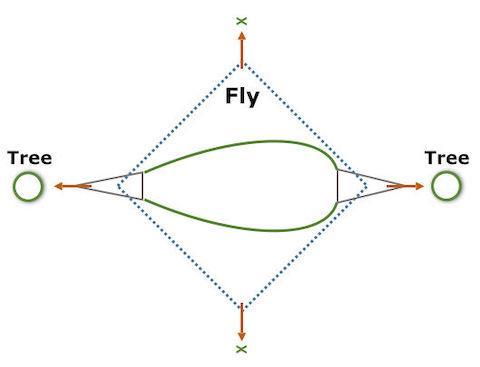
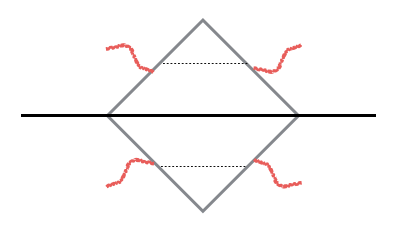
![Truckers Hitch [source:animatedknots.com] Truckers Hitch [source:animatedknots.com]](https://s3.c.im/media_attachments/files/114/174/893/944/777/280/small/d9d7eee285539803.png)
